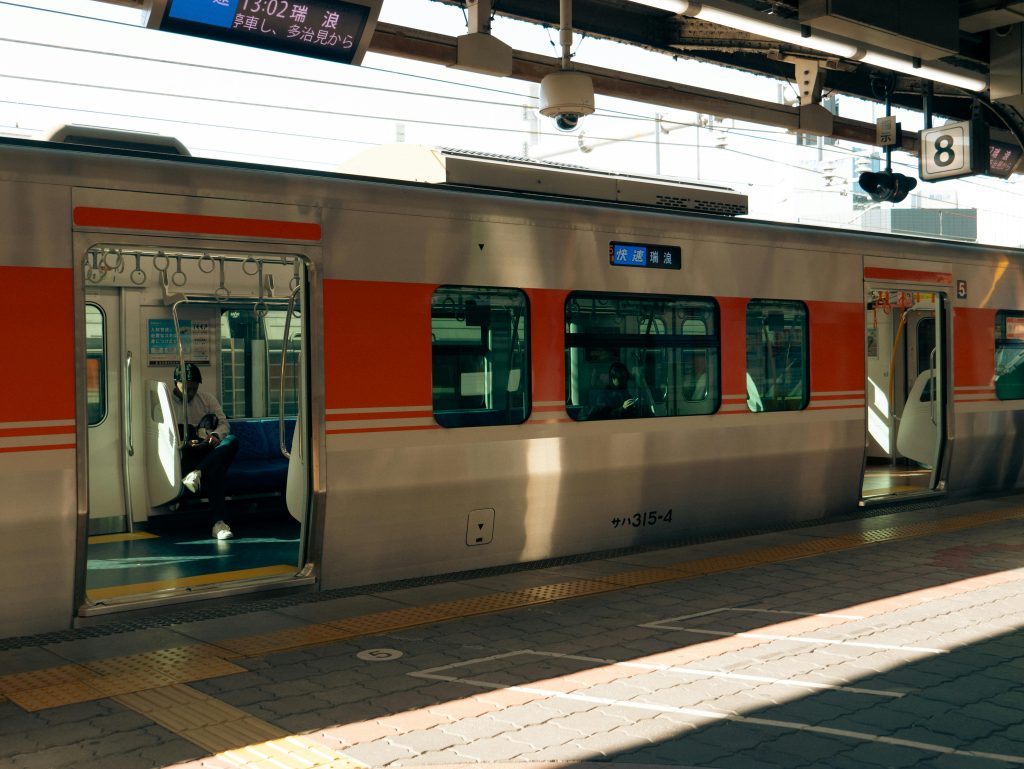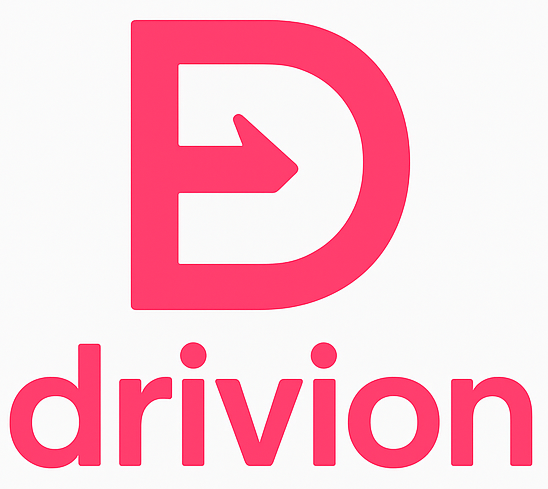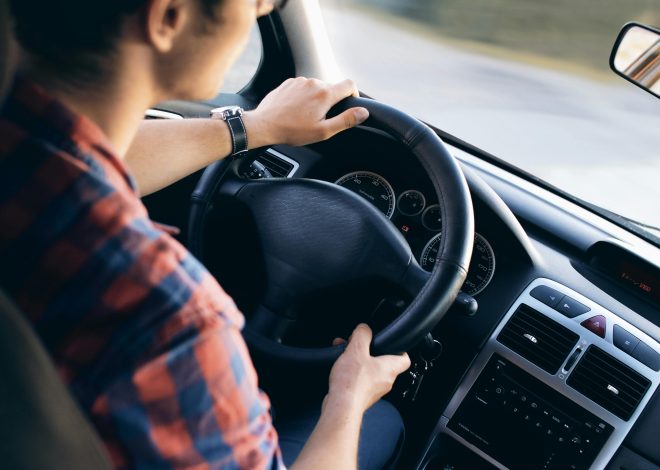
Techniques to Maintain Focus on Long Highway Journeys
Introduction
Endless miles of asphalt, monotone scenery, and the hum of the engine can lull even the most experienced drivers into a state of mental drift. Yet maintaining sharp focus on long highway drives isn’t just a convenience—it’s a safety imperative. Fatigue, boredom, and distraction all conspire to slow reaction times and increase the risk of accidents. In this comprehensive guide, we’ll explore a variety of practical, research-backed techniques—from pre-trip planning and in-car ergonomics to cognitive engagement, nutrition, and technology aids—that help you stay alert, attentive, and energized mile after mile. Whether you’re commuting, road-tripping, or making a cross-country haul, these strategies will equip you to drive with clarity and confidence from start to finish.

1. Pre-Trip Preparation (H2)
Before you even turn the key, your choices off the road set the stage for sustained focus behind the wheel.
1.1 Prioritize Quality Sleep (H3)
- Aim for 7–9 hours: Research shows that drivers with fewer than five hours of sleep are twice as likely to crash as those with adequate rest.
- Consistent Schedule: Go to bed and wake up at the same time daily—this stabilizes your circadian rhythm and reduces daytime drowsiness.
1.2 Plan Your Route and Schedule (H3)
- Breaks Every 2 Hours: Pre-map rest stops, scenic pull-outs, or service stations roughly every 100–120 miles.
- Avoid Peak Sleepiness Windows: Schedule critical driving outside of 2–4 PM and midnight–6 AM, when circadian dips naturally occur.
1.3 Pack a “Driver’s Kit” (H3)
- Hydration Tools: Refillable water bottle and easy-access cup holders.
- Healthy Snacks: Nuts, whole-grain crackers, and fresh fruit to stabilize blood sugar.
- Comfort Items: Sunglasses, a neck pillow for breaks, and a microfiber towel or wet-wipe for quick refreshes.
2. Optimize the In-Car Environment (H2)
Small tweaks to your cockpit can yield big improvements in comfort and alertness.
2.1 Ergonomic Seating and Posture (H3)
- Seat Position: Adjust so your knees are slightly bent, your back is supported against the seat, and your wrists rest lightly atop the wheel.
- Lumbar Support: Use a small cushion or built-in support to maintain your spine’s natural curve.
2.2 Temperature and Ventilation (H3)
- Cool Cabin: Aim for 68–72°F; warm, stuffy air increases fatigue.
- Fresh Circulation: Crack a window or set your A/C to exterior-air mode to prevent carbon dioxide buildup.
2.3 Soundscapes for Alertness (H3)
- Upbeat Playlists: Choose dynamic music with moderate volume—not so loud as to distract, but engaging enough to ward off drowsiness.
- Varied Audio: Alternate between music genres, podcasts, audiobooks, and even language-learning apps to stimulate different brain regions.
3. Strategic Breaks and Micro-Rest Stops (H2)
Breaks are not a sign of weakness—they’re a cornerstone of sustained concentration.
3.1 Scheduled Stops (H3)
- Stretch and Move: Every two hours, walk briskly for 5–10 minutes to boost circulation and clear your mind.
- Power Naps: If drowsiness hits, find a safe rest area and nap for 15–20 minutes—enough to enter light sleep without grogginess.

3.2 Micro-Break Techniques (H3)
- Red-Light Breathers: At stoplights or toll booths, take three slow, deep breaths to reset mental focus.
- Checkpoint Check-Ins: At each rest stop, perform a quick mental and physical self-assessment (alertness, tension, hydration).
4. Cognitive Engagement Techniques (H2)
Keeping your mind active makes monotony less likely to hijack your alertness.
4.1 Interactive Listening (H3)
- Podcasts with Quizzes: Choose shows that pose questions or trivia—pause occasionally to reflect on what you’ve heard.
- Call-and-Response Audiobooks: Some audiobook apps prompt you to answer or predict plot twists, fostering active listening.
4.2 Mental Games (H3)
- “License Plate Bingo”: Mentally note letters or numbers in sequence (e.g., A–Z, 1–100).
- Alphabet Categories: Name items in a category (“fruits,” “countries”) starting with each letter of the alphabet.
4.3 Language Practice (H3)
- Foreign-Language Apps: Brief vocabulary drills or conversational phrases engage working memory and attention.
- Pronunciation Exercises: Mistimed speech rehearsal can help keep your mind alert.
5. Nutrition and Hydration (H2)
What you eat and drink directly impacts cognitive performance and energy levels.
5.1 Smart Hydration (H3)
- Sip Regularly: Dehydration of just 2% body weight can lead to fatigue and impaired focus.
- Electrolyte Balance: For long trips, consider low-sugar electrolyte tablets to replace lost minerals.
5.2 Balanced Snacking (H3)
- Protein + Fiber Combos: Greek yogurt with berries, trail mix with nuts and dried fruit.
- Avoid Sugar Spikes: Skip candy or soda, which cause rapid energy crashes.
5.3 Caffeine Use (H3)
- Timed Intake: Drink a moderate cup of coffee at the first hint of drowsiness, combined with a brief rest break.
- “Coffee Nap”: Consume caffeine, then nap 15–20 minutes—caffeine kicks in as you wake, maximizing alertness.

6. Technology Aids and Safety Features (H2)
Modern vehicles offer tools to support attentive driving—use them wisely.
6.1 Driver-Assist Systems (H3)
- Lane-Departure Warnings: Alerts when you drift out of your lane.
- Drowsiness Detection: Cameras or steering-pattern sensors that signal when micro-drifts occur.
6.2 Adaptive Cruise Control (H3)
- Consistent Speed: Reduces mental load of throttle control, letting you focus on steering
- Active Monitoring: Remember that cruise control does not replace active attention—stay engaged.
6.3 Navigation Prompts (H3)
- Visual & Voice Cues: Pre-load your GPS route and set gentle reminders for upcoming turns and breaks.
- Real-Time Traffic Updates: Avoid unexpected delays that can lead to impatient speeding or distraction.
7. Co-Driver and Social Strategies (H2)
When possible, sharing the journey lightens the cognitive load.
7.1 Driver Rotation (H3)
- Swap Every 2–3 Hours: Alternate driving duties to share fatigue and keep both drivers alert.
- Clear Handover Ritual: Park or pull off safely, stretch, and discuss road conditions before switching.
7.2 Engaging Conversation (H3)
- Meaningful Topics: Discuss books, travel plans, or interesting news rather than shallow chatter.
- Question-and-Answer Games: Quiz each other on general knowledge or personal “did you know?” facts.
8. Mindfulness and Micro-Exercises (H2)
Bringing present-moment awareness to your drive can ward off autopilot mode.
8.1 Breath Awareness (H3)
- 3-2-1 Technique: Inhale for 3 counts, hold 2, exhale 1—repeat three times at any pause.
- Body Scan While Seated: Briefly notice tension in shoulders, neck, and back—adjust posture as needed.
8.2 Isometric Tension-Release (H3)
- Grip & Release: Squeeze the steering wheel firmly for five seconds, then relax to flush lactic acid and reset focus.
- Shoulder Rolls: With hands on the wheel, lift shoulders toward ears, roll back, and drop—repeat three times.
9. Route Variation and Scenic Diversions (H2)
Monotony breeds inattention; a change of scenery stimulates the brain.
9.1 Alternate Routes (H3)
- Scenic Byways: Plan segments on routes with visual interest (lake views, forests, historic sites).
- Off-Peak Detours: Use secondary roads during less busy times to break the highway trance.
9.2 Photo-Op Breaks (H3)
- Pull-Over Points: Identify overlooks or landmarks where you can stop safely, snap a photo, and stretch.
- Mindful Observation: Take 30 seconds to notice the landscape—color, texture, and shape—to reorient your senses.

Conclusion
Long highway journeys pose a unique challenge to our attention and safety. By combining thoughtful pre-trip preparation, in-car ergonomic tweaks, strategic breaks, cognitive engagement, smart nutrition, technology aids, co-driver support, mindfulness exercises, and scenic route variations, you can transform hours behind the wheel from a threat to your focus into an opportunity for alert, engaged travel. Experiment with these techniques and tailor them to your preferences—mixing and matching audio types, break schedules, and social interactions—to build your personalized “focus formula.” With practice, mile after mile will feel less like a slog and more like a smooth, controlled journey.



